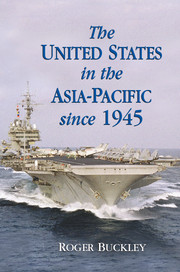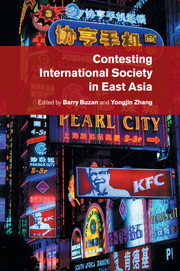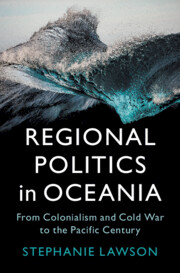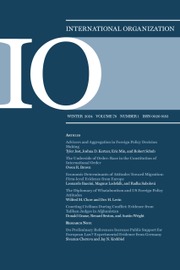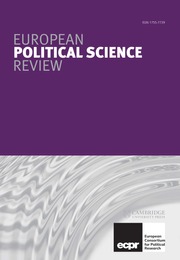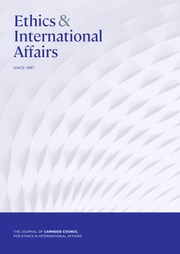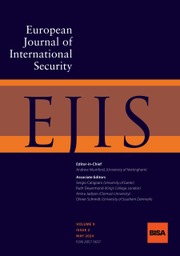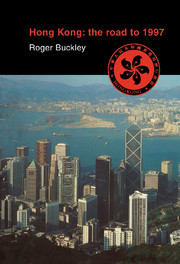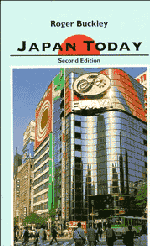The United States in the Asia-Pacific since 1945
In a fast-moving and incisive narrative, Roger Buckley examines America's close and continuous relationship with the Asia-Pacific region from the end of the Pacific War to the first days of the Presidency of George W. Bush. The author traces the responses of the United States government to the major crises in the area through the Cold War decades and the initial post-Cold War years. He demonstrates how the US sought to maintain its dominant regional position through a series of security alliances and its own political, military and economic strengths. Professor Buckley examines the subject from geopolitical perspectives to provide a gateway to the understanding of a complex region certain to be of global importance in the twenty-first century.
- Fast-moving and incisive introduction to the role of the United States in the Asia Pacific through the twentieth century and into the twenty-first
- International relations and geomilitary approach to the subject
- A book for students and general readers by an experienced and well-known author
Reviews & endorsements
"The United States in the Asia-Pacific since 1945 is a fine, clear backbone to any study of its subject; Buckley should be congratulated for his clarity, brevity, and insight." Perspectives on Political Science
Product details
December 2004Adobe eBook Reader
9780511057786
0 pages
0kg
7 maps
This ISBN is for an eBook version which is distributed on our behalf by a third party.
Table of Contents
- Introduction
- 1. Postwar: Asia Pacific, 1945–50
- 2. War: Korea, 1950–3
- 3. Postwar: Asia-Pacific, 1953–60
- 4. War: Vietnam, 1960–75
- 5. Postwar: Asia-Pacific, 1975–89
- 6. Post-Cold War: Asia-Pacific, 1989–2000
- 7. Future: Asia-Pacific, 2001–2020
- 8. Conclusions.

